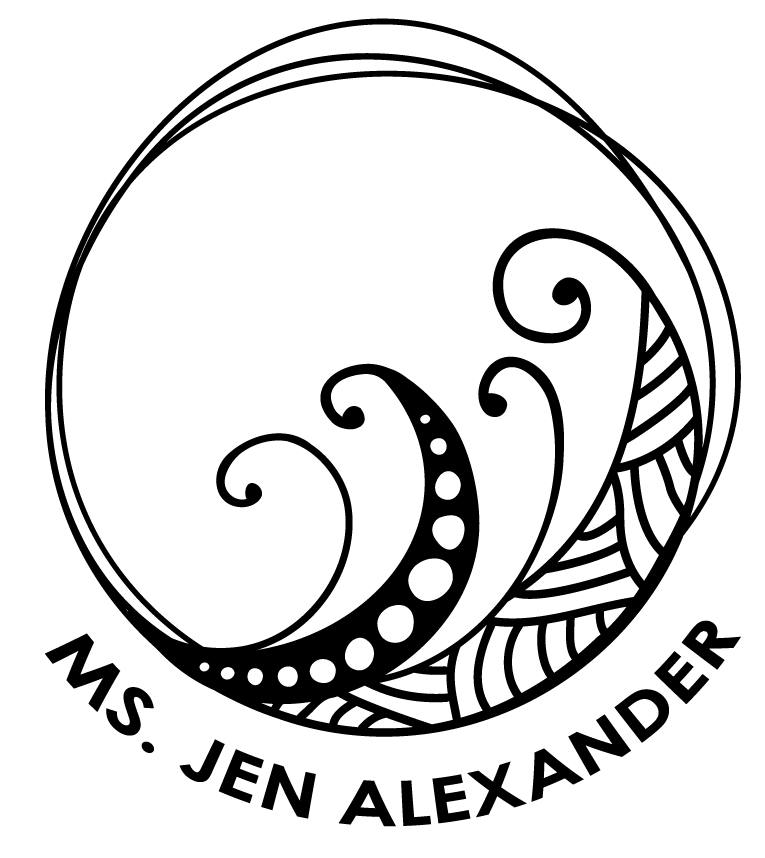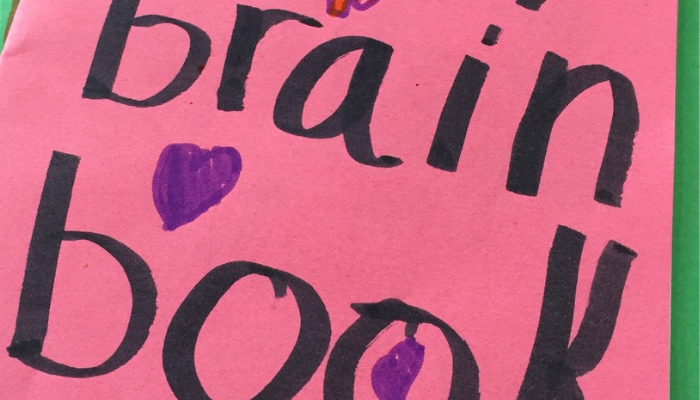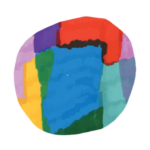Using brain books, I start teaching about the nervous system in second grade for all students, but other educators start even younger. In their unit with me, students master understanding of how the downstairs brain and upstairs brain help us. They also learn to explain the jobs of the amygdala, hippocampus, and prefrontal cortex while beginning to relate the functions to their own lives. Teaching this unit is a blast, and I hope you’ll consider offering it too! Keep reading for suggestions to help you get started.
Lessons
For this unit, I use lessons from the Hawn Foundation’s MindUp curriculum (PreK-2), which is full of awesomeness. It’s also inexpensive and comes with a full-size color poster of the human brain. Want to use these neuroscience-based SEL lessons at other grades? Totally doable because there are books for upper grade levels too. (By the way, I receive nothing for telling you this.)
I also add in instruction about Dr. Dan Siegel’s hand model of the brain early on in this unit, which fits nicely with the MindUp lessons.
To deepen students’ learning, I ask second graders to make brain books as part of the unit. Some students choose a completely blank book and start from scratch. Others utilize a more structured option, which is described and shared below.
Brain Book Template
I’m happy to share the template for the structured brain books with you so that you can use them with your students too. Simply download the pdf. Then, print the pages as is and front to back so that you can stack them to make a book that will be stapled in the middle. You will have to rearrange the order once they are printed. Consider adding a bright colored piece of card stock paper on the bottom of each stack before stapling; it makes a great cover that students enjoy decorating with the title of their nonfiction book, their own artwork, and, of course, their name as author.
Students Directions
Here are the directions I give to students as they complete each page in their brain books.
Page 1:
Write an introduction to your book. Remember that the introduction in nonfiction text can be a powerful way to hook the reader into feeling curious and excited to continue reading. (Importantly, I have students do this last.)
Pages 2-3:
Include a picture of the brain and label the amygdala, hippocampus, and prefrontal cortex. Do this by cutting out the worksheet on page 152 in the MindUp curriculum. Or, draw your own. Next, explain the job of each of the brain parts listed in your own words. Remember that each part is important and can be helpful at different times.
Pages 4-5:
Write about a memory in your hippocampus . Be sure to include several sentences. Also, draw a picture that goes with your words. Remember that our memories are an important part of who we are.
Page 6-7:
Think about what mindfuness is and write it down in your own words. Next, write about a time you were not mindful. Then, write and draw about a time you were mindful. Remember that you can be mindful more often with practice.
Pages 8-9:
After a time of mindful breathing, draw a line to show how you felt before, during, and after the experience. Use colors and lines. Also, add words if you want to. Remember that you can use belly breathing to help yourself be mindful anywhere, anytime.
Pages 10-11:
Now, write about a problem you’ve had. Share an example of pessimistic thinking and optimistic thinking that might go with that problem. I can help you with the pessimistic example if you need it. Remember the power of changing pessimistic thoughts to optimistic ones!
Pages 12-13:
Describe a problem you sometimes have with someone else that may give you big feelings. After that, list three ways you can help make those big feelings smaller. Then, write an I-message you could use to try to solve the problem with the other person. Remember that being mindful and being assertive can go together. That’s because being able to stand up for others and ourselves is important!
Page 14:
Finally, write a conclusion for your book. Please think about what you would like to say to the reader now that they have read the whole thing. Best of all, remember to share your book with others because they will learn from reading what you wrote!
Educators, if you decide to ask your students to write their very own brain books, please share how it goes!
You can do this!

#BuildingTraumaSensitiveSchools #TheBrain #GetRegulated #Learn



